South Africa The Babaaboutjies succulent, endemic to the Klein Karoo valley, is only 6cm tall but is notable for its unique shape.
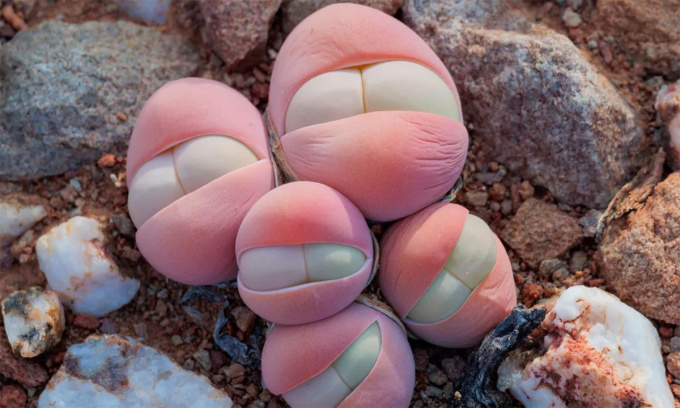
Babaaboutjies ( Gibbaeum heathii ) are clumping succulents native to South Africa. Photo: Alamy
A tiny plant that grows in a vast valley surrounded by mountains in South Africa often makes people laugh. The reason why this 6-centimeter-tall plant is so funny is revealed in its name: Babaaboutjies - meaning baby's butt, Live Science reported on August 12.
Babaaboutjies ( Gibbaeum heathii ) are clumping succulents that develop 2-3 globose, smooth leaves, the older leaves protecting the new ones, growing together at the base and covering the stem. Flowers appear through the center in late winter or early spring, and vary in color from white, pink to yellow. The leaves are usually grey-green, but as the new leaves grow, the older leaves may turn pink under certain conditions, giving the plant a baby-bottom appearance.
"Many succulents change colour from green to red and this is often a response to water and light stress. If the plant receives too much light, it will turn red to protect itself from sunburn. Also, if it has been deprived of water for a long time, it can turn red to cope with this," said Paul Rees, nursery manager at the Royal Botanic Gardens, Kew in London.
Babaaboutjies are endemic to the Klein Karoo in South Africa's Western Cape province. There, they grow among quartzite rocks, which reflect heat, creating a cooler environment for them, according to the South African National Biodiversity Institute. The Klein Karoo is a valley 40 to 60 kilometers wide and 350 kilometers long. The valley is surrounded by mountains, so annual rainfall is very low.
According to the South African Botanical Society, the Klein Karoo is part of South Africa's Karoo Succulent Biome - one of the richest and most diverse succulent habitats on the planet. An estimated 3,200 plant species live in the Klein Karoo, 400 of which are found nowhere else in the world.
Many of these species are threatened by illegal harvesting for the horticultural trade, overgrazing by livestock and climate change. The Klein Karoo is expected to experience increasingly severe droughts in the coming century. Researchers say this could have dire consequences for plants in this biodiverse landscape.
Thu Thao (According to Live Science )
Source link


![[Photo] Prime Minister Pham Minh Chinh receives South Korean Foreign Minister Cho Tae-yul](https://vstatic.vietnam.vn/vietnam/resource/IMAGE/2025/4/16/c8a7bf8f15f347d78b4ec317d8979aba)
![[Photo] National Assembly Chairman Tran Thanh Man meets with Lao Prime Minister Sonexay Siphandone](https://vstatic.vietnam.vn/vietnam/resource/IMAGE/2025/4/16/e023753be97a4d8e9f5ab03eb5182579)
![[Photo] President Luong Cuong receives Korean Foreign Minister Cho Tae-yul](https://vstatic.vietnam.vn/vietnam/resource/IMAGE/2025/4/16/d68c85559fca4772a8e3ca8ab1942a6f)
![[Photo] Book Festival: Promoting children's reading culture](https://vstatic.vietnam.vn/vietnam/resource/IMAGE/2025/4/16/52ddcb6c4c1f4f1d992e4e13f2e5ca62)
![[Photo] Summary of training for 36 parade blocks for the April 30th Festival](https://vstatic.vietnam.vn/vietnam/resource/IMAGE/2025/4/16/69906ce4b0d1470eb18b8e9bdcdabff1)
![[Photo] The 9th Vietnam-China Border Defense Friendship Exchange](https://vstatic.vietnam.vn/vietnam/resource/IMAGE/2025/4/16/10e73e2e0b344c0888ad6df3909b8cca)
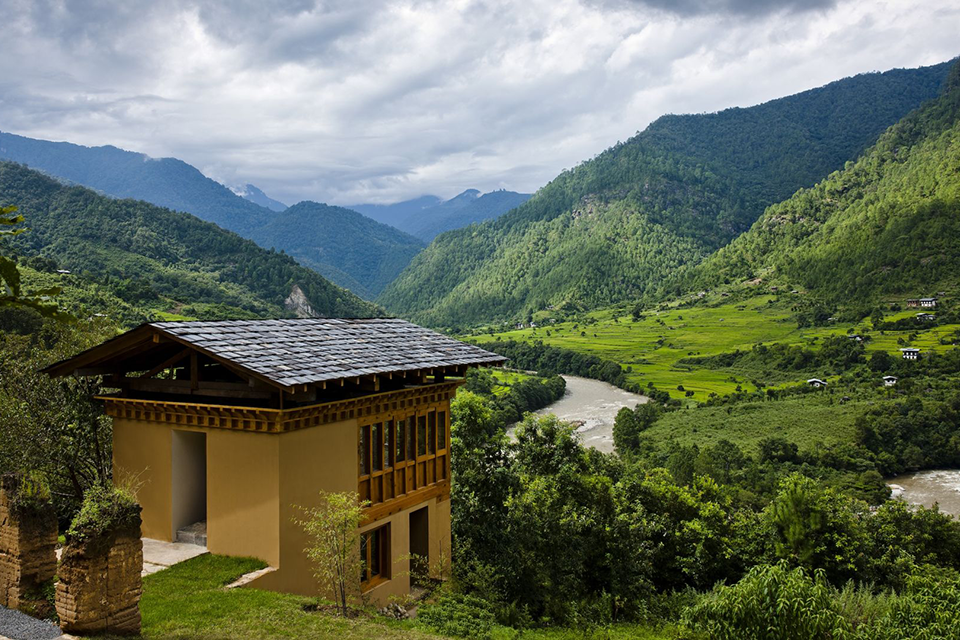













![[Video] Linking science with production: Motivation from Resolution 57-NQ/TW](https://vstatic.vietnam.vn/vietnam/resource/IMAGE/2025/4/16/8b02e1f26d944b3d84cd41bee52b89fe)












![[Photo] General Secretary To Lam gave a speech at the National Conference to disseminate the Resolution of the 11th Central Conference, 13th tenure.](https://vstatic.vietnam.vn/vietnam/resource/IMAGE/2025/4/16/04e0587ea84b43588d2c96614d672a9c)
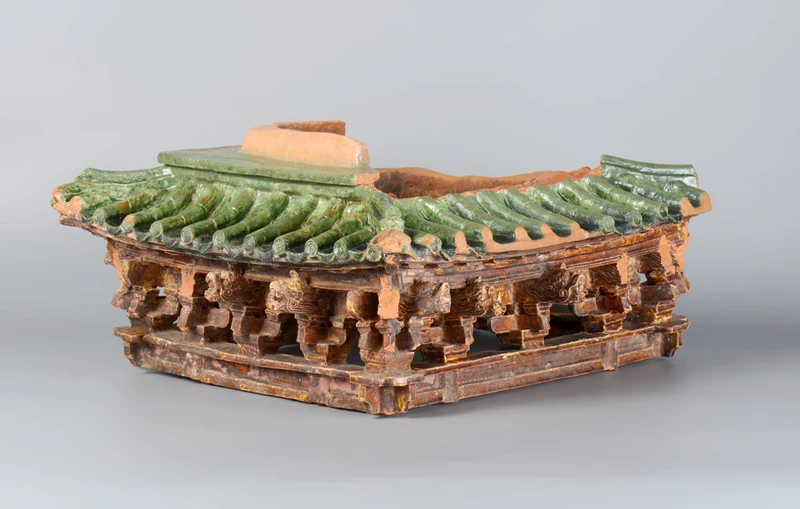








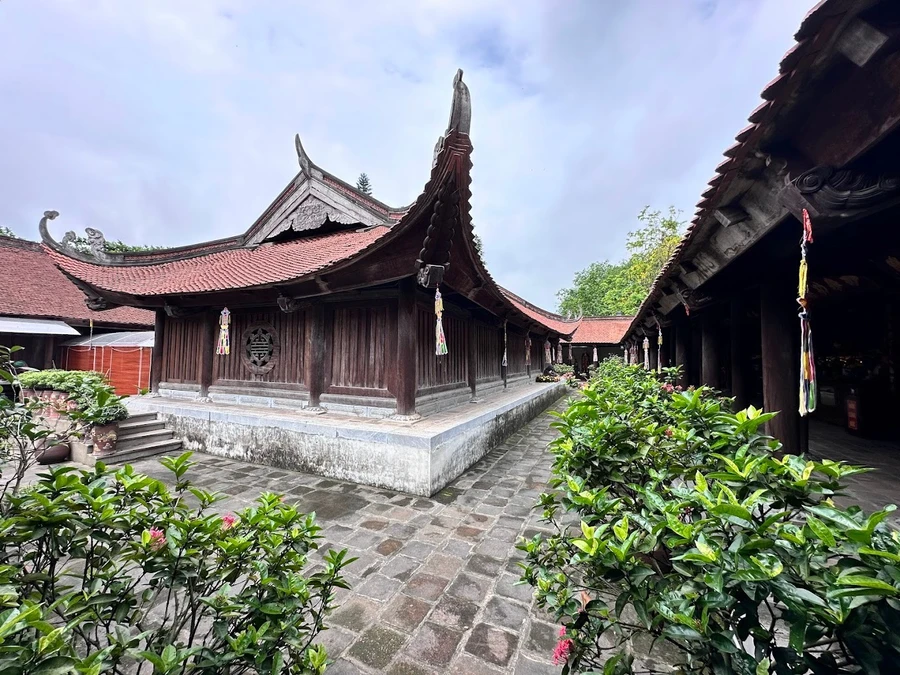








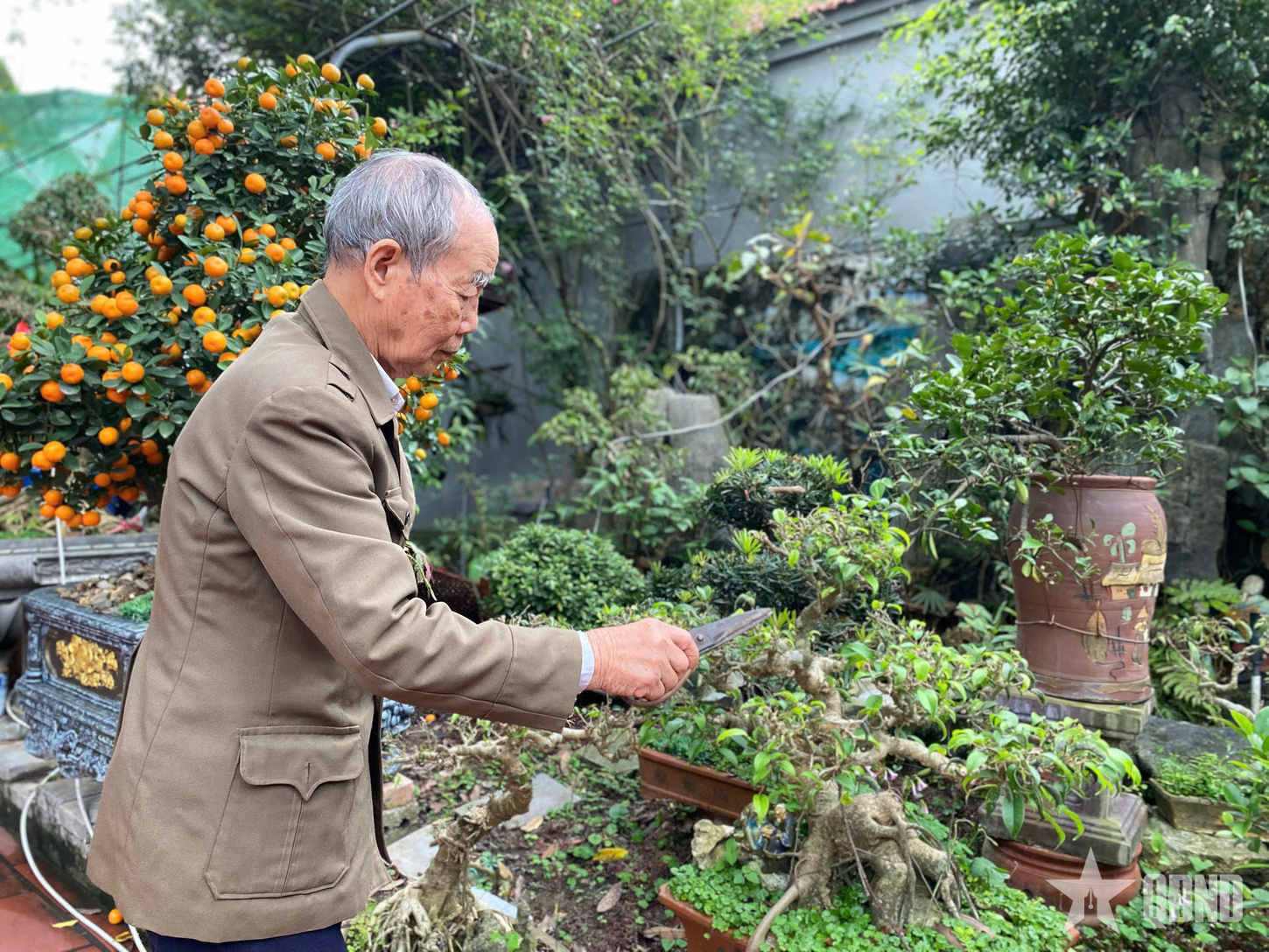










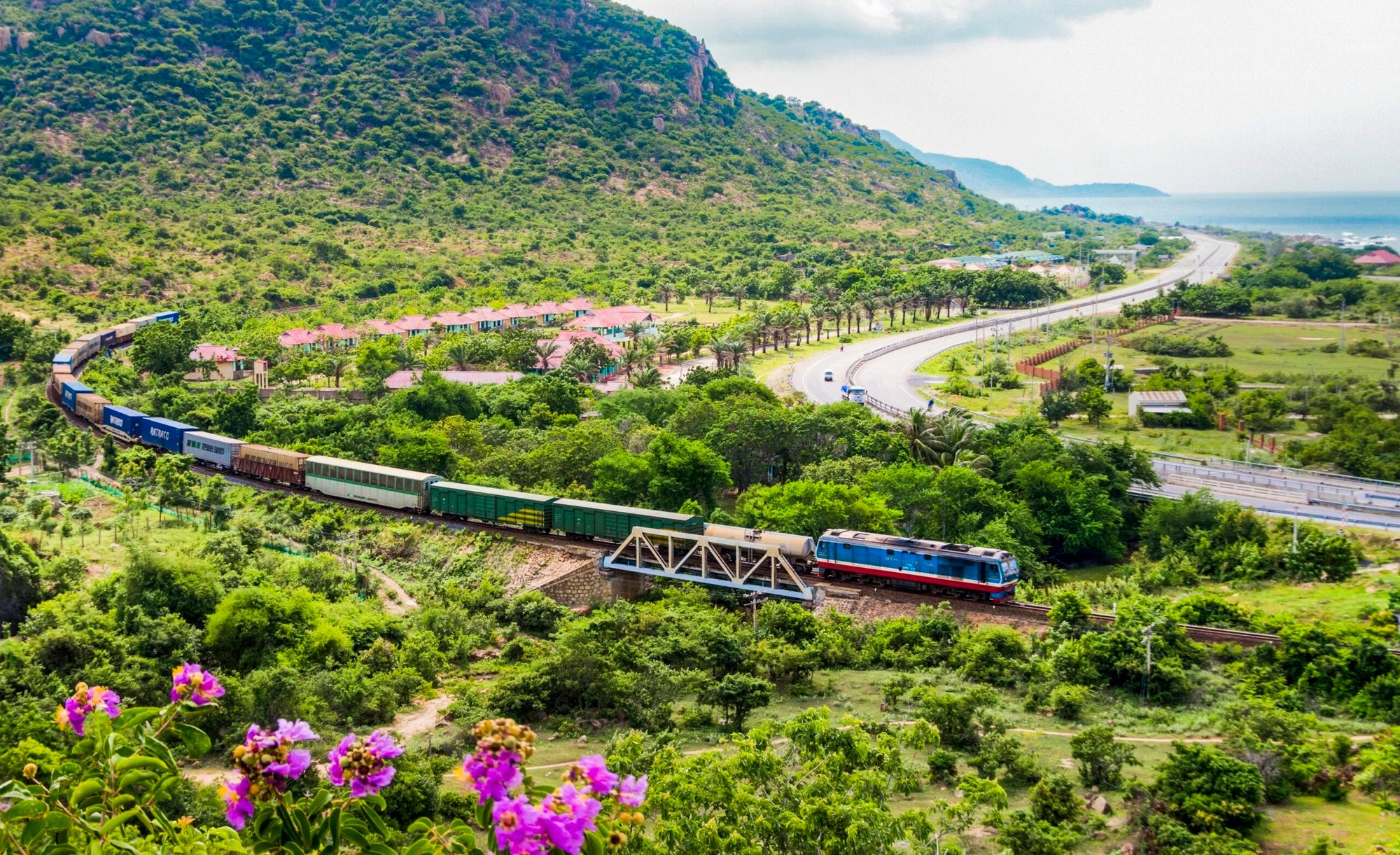










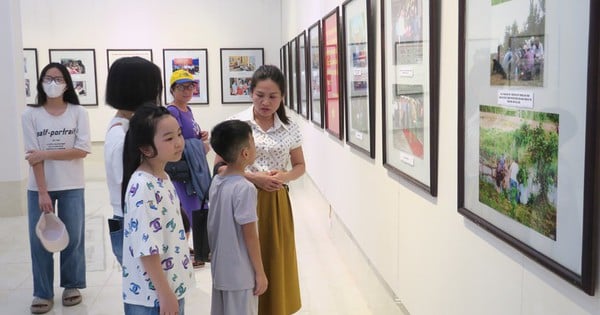












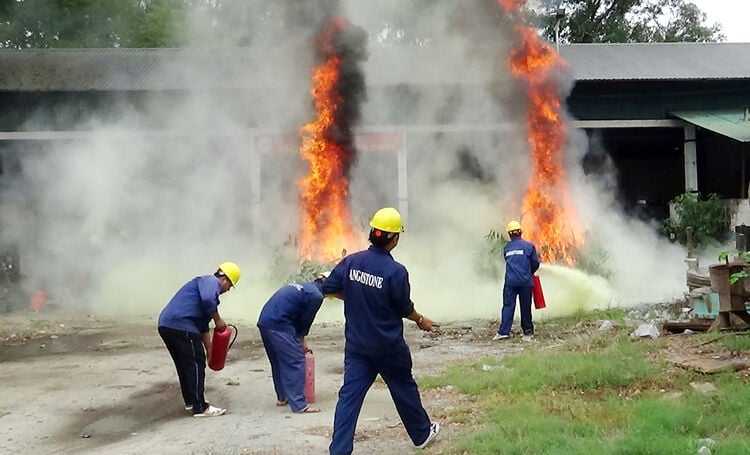




![[Photo] The capital of Binh Phuoc province enters the political season](https://vstatic.vietnam.vn/vietnam/resource/IMAGE/2025/4/16/c91c1540a5744f1a80970655929f4596)
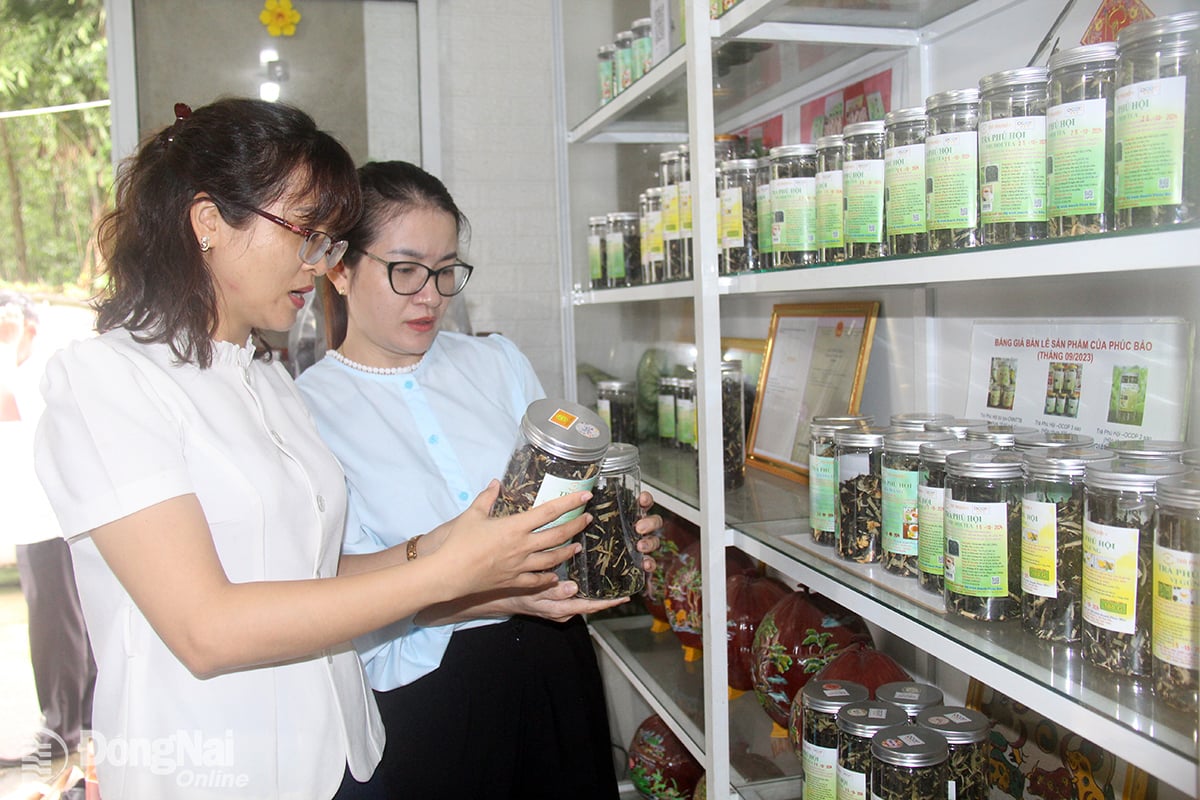
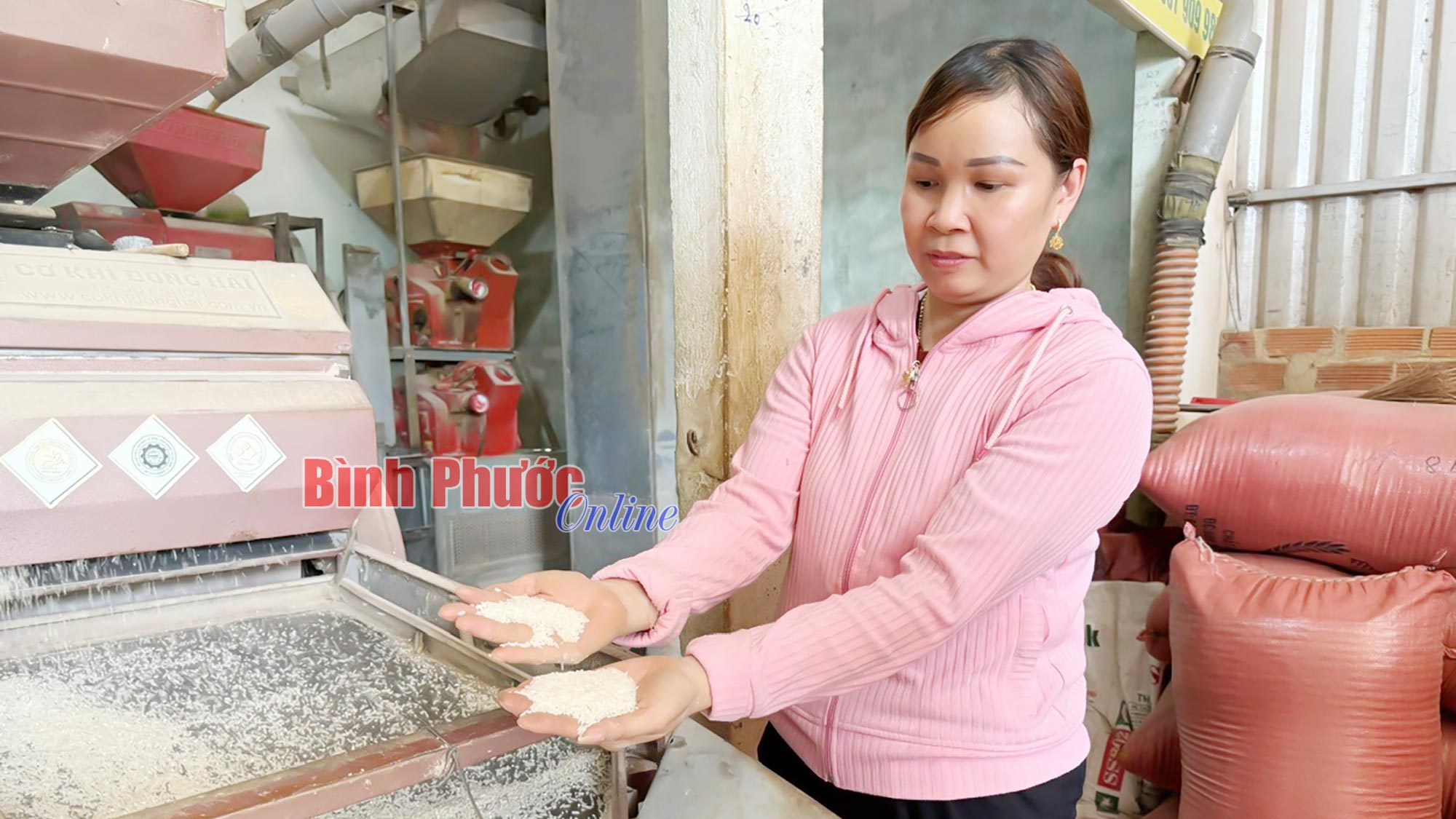



Comment (0)